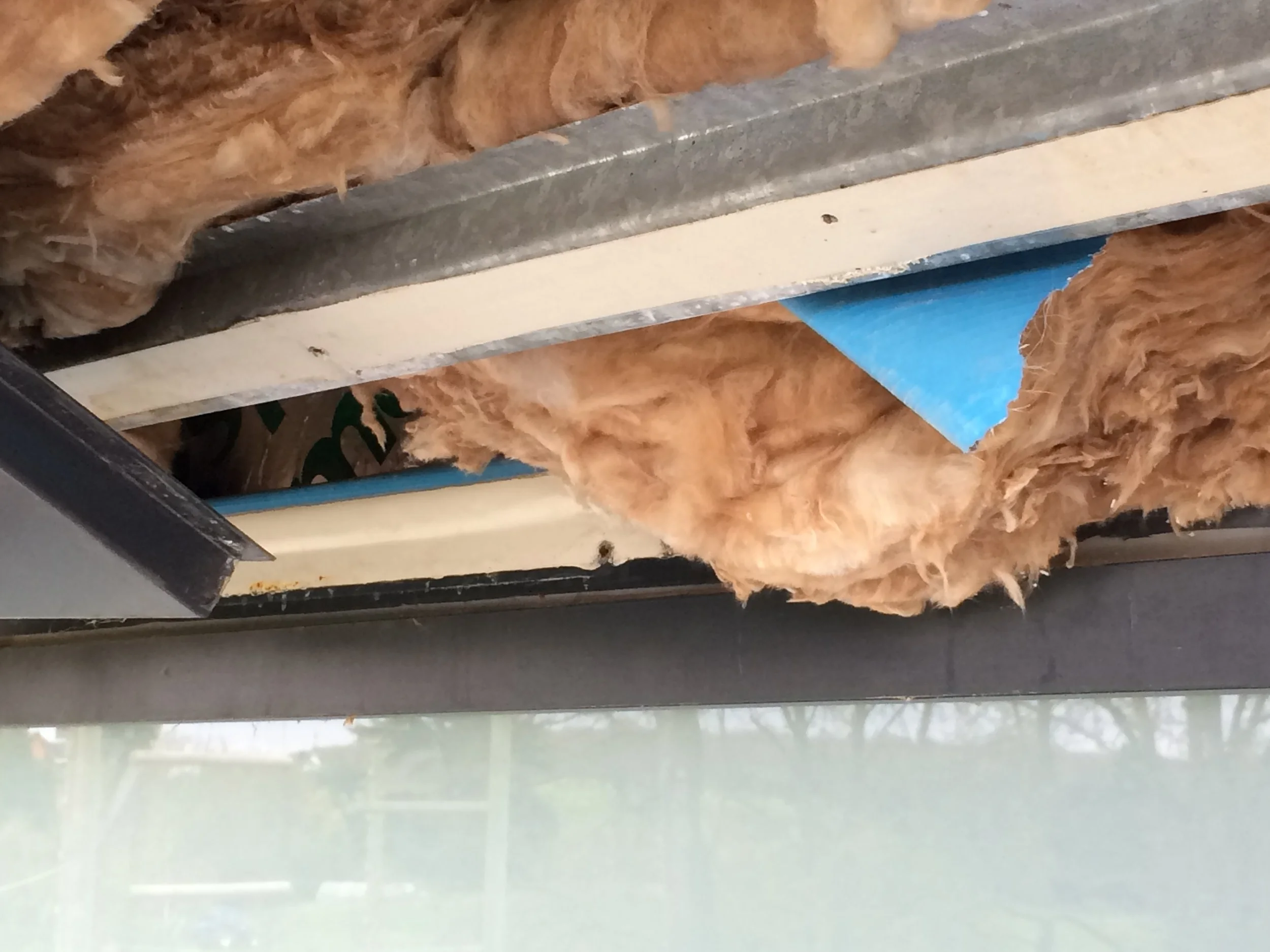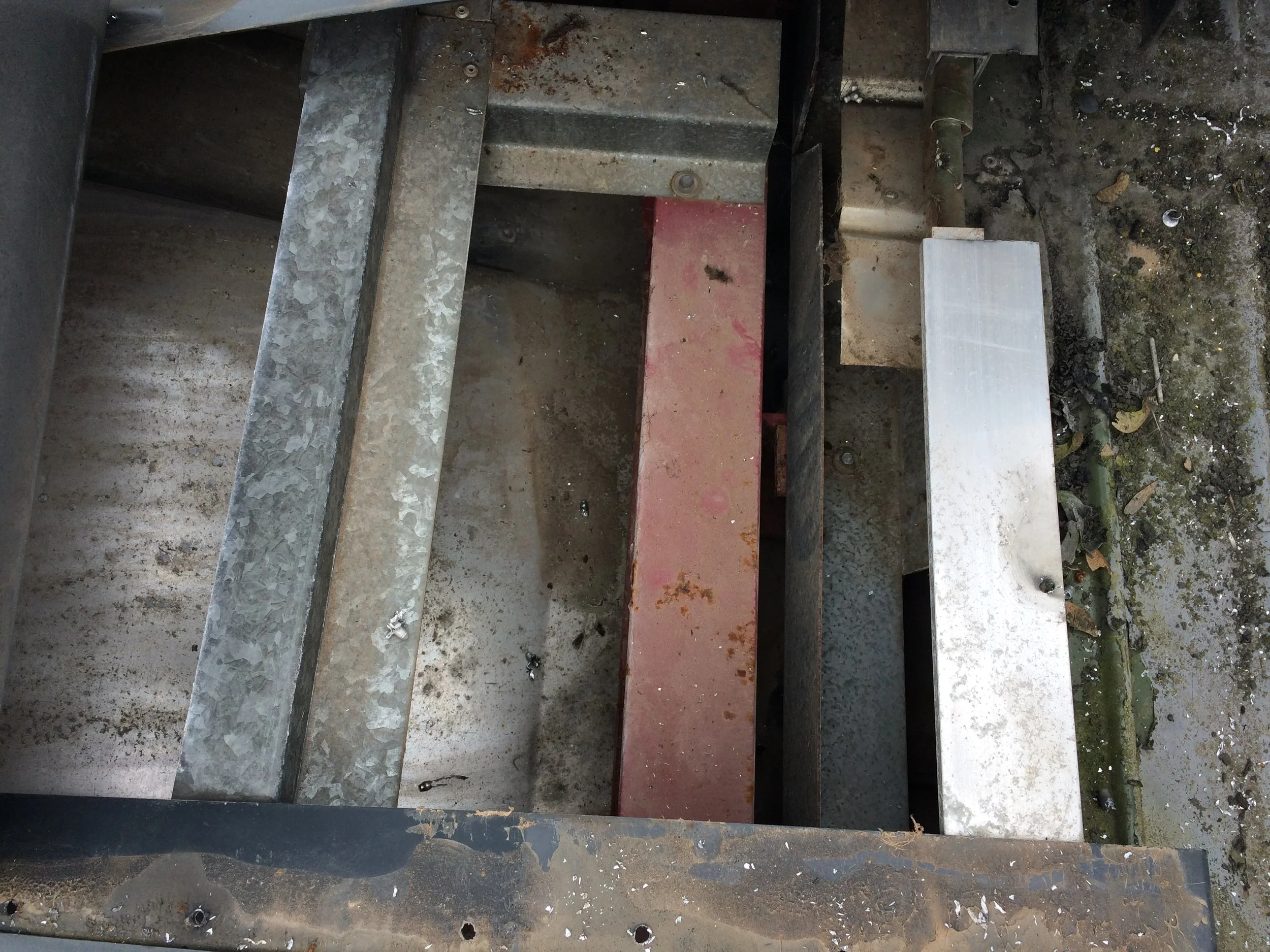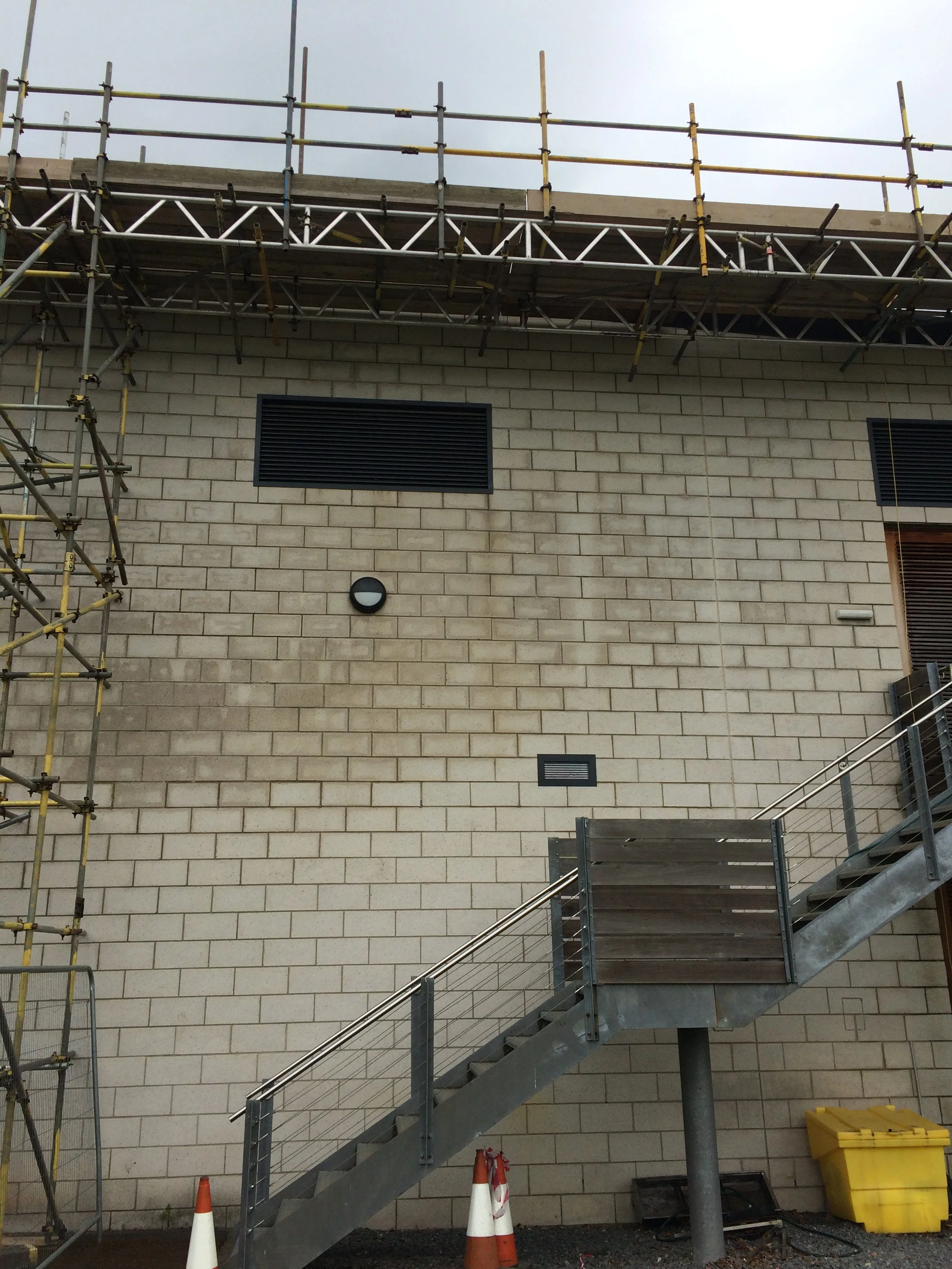Quality Construction Management in Construction
At SCC Ltd, we believe that every child deserves a learning environment that’s safe, inspiring, and built to last. Whether we’re advising on a new build in Riyadh or a refurbishment in Yorkshire, quality management isn’t just a technical process, it’s a promise. A promise to deliver spaces that support wellbeing, inclusion, and future-ready education.
Quality isn’t just about ticking boxes, it’s about delivering dignity, safety, and opportunity. At SCC Ltd, we bring strategic insight and technical rigour to every stage of the journey, helping clients build schools that truly serve their communities. If you're shaping an educational project and want to embed quality from concept to completion, we’d love to hear from you.
But what is Quality Construction Management?
Quality management refers to the systems, policies, and behaviours that ensure a project meets its intended standards - technically, legally, and ethically. It’s not just about avoiding defects; it’s about embedding excellence into every phase of delivery.
At its core, quality management helps teams:
Minimise defects before handover
Identify and resolve issues early—before clients do
Build a reputation for reliability and professionalism
Why does it matter?
Quality control isn’t just a technical process, it’s the backbone of successful construction. From the ground beneath a building to the trust between client and contractor, its impact is felt across every stage of delivery. When applied rigorously, quality control safeguards structural integrity, streamlines costs, protects workers, ensures legal compliance, and builds lasting confidence. It also fuels continuous improvement, helping teams learn, adapt, and deliver even better results next time.
Structural Integrity: Quality control ensures that the structure is safe, stable, and built to last. This is especially critical for foundational systems like pile foundations, which bear the entire load of the building.
Cost Efficiency: Preventing rework is a major benefit of quality control. Mistakes caught early are far less costly than those discovered late.
Site Safety: Quality control is essential for maintaining a safe working environment. It ensures that materials, equipment, and construction practices meet safety standards.
Regulatory Compliance: Construction projects must adhere to a range of local and national regulations. Quality control helps ensure full compliance, avoiding penalties and project delays.
Client Confidence: A project delivered with rigorous quality control builds trust. Clients gain confidence knowing the work meets high standards and will stand the test of time.
Continuous Improvement:
Quality control isn’t just about the current project—it’s a tool for learning and growth. Documenting issues and solutions helps teams refine their processes
Quality is a culture
Quality isn’t just a technical standard, it’s a shared mindset that must permeate every layer of a construction project. From strategic leadership to site operatives laying the final brick, it’s about cultivating a collective sense of pride, ownership, and accountability. When quality is treated as everyone’s responsibility, not just the remit of inspectors or managers, it becomes embedded in daily decisions, behaviours, and conversations.
Visible Leadership: Leaders who model high standards, ask thoughtful questions, and celebrate good practice help embed quality into the culture.
Psychological Safety: A culture where people can speak up without fear fosters transparency, accountability, and continuous improvement.
Craftsmanship and Care: Quality is reflected in the pride teams take in their work—from the precision of a weld to the alignment of a door frame.
Shared Purpose: When teams understand the impact of their work—especially in schools and community spaces—they’re more likely to go the extra mile.
1.Crafting a Quality Management Plan
A quality management plan is your blueprint for success. At SCC Ltd, we help clients shape plans that are practical, scalable, and aligned with educational outcomes, not just construction metrics:
Clear policies that reflect your values and commitments
Measurable objectives to guide performance
Relevant standards and accreditations (e.g. ISO, DfE guidelines)
Legal and contractual obligations that must be met
2.Design Quality Assurance
Implement a Design Responsibility Matrix to clarify accountability, with degrees in architectural technology and Building Surveying - Sarah Crowley - SCC founder, is well placed to undertake in depth design review ensuing there is early warning of design issues prior to construction.
Conduct design reviews and external inspections (e.g. Building Control, Clerk of Works).
Ensure compliance with statutory and client-specific design standardst
3.Forms, Evidence & On-Site Reality
Quality lives on site. From inspection and test plans snagging lists and photographic evidence, documentation is how we capture, communicate, and act on what’s happening in real time. These tools help teams:
Perform regular site inspections and testing (e.g. concrete strength, pile depth).
Use benchmarking and toolbox talks to align teams on quality expectations.
Record and evidence compliance through site diaries, photos, and test certificates
For schools, this means ensuring that every detail, from fire doors to finishes, meets the standards that children and staff deserve.
4.Layers of Quality Construction Management
Quality isn’t just a checklist - it’s a culture. In construction, that culture is shaped across multiple levels, each reinforcing the other to deliver spaces that are safe, functional, and inspiring. When organisational systems, project-level oversight, and technical craftsmanship are aligned, the result is more than compliance—it’s excellence you can feel in every classroom, corridor, and community space
Organisational: Systems, resources, and training that support consistent delivery
Project: Tools and oversight that ensure site-level performance
Team/Technical: The craftsmanship and care that define the final product
5. Commissioning and Handover
The final stages of a construction project are where precision matters most. Commissioning protocols ensure that all systems and installations perform as intended—meeting both technical specifications and stakeholder expectations. From verifying mechanical and electrical (ME) functionality to coordinating finishes and fabric with trusted sub-consultants, this phase is about demonstrating compliance, securing sign-off, and delivering a fully documented, ready-to-operate asset. Robust handover materials—like O&M manuals and warranties—provide long-term assurance and support future maintenance.
Verify systems and installations through commissioning protocols.
Demonstrate functionality and compliance to stakeholders.
Prepare quality documentation for handover (O&M manuals, warranties)
Using trusted sub-consultants to fully coordinate fabric and MEP
6. Lessons Learned and Continuous Improvement
Quality management doesn’t end when the project does. The most resilient construction teams treat every project as a learning opportunity, capturing insights, refining processes, and sharing knowledge to raise the bar for future delivery. By embedding a culture of continuous improvement, organisations can reduce repeat errors, enhance team performance, and build smarter, safer structures with every project.
Conduct post-project reviews to capture successes and failures.
Update internal procedures and training based on findings.
Share insights across teams to elevate future project outcomes.




